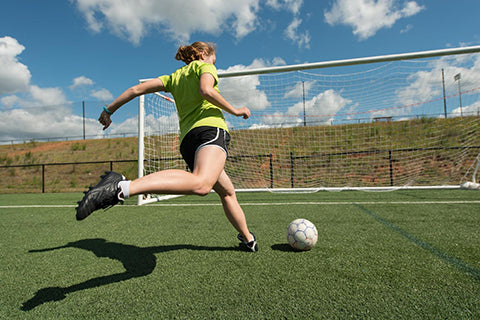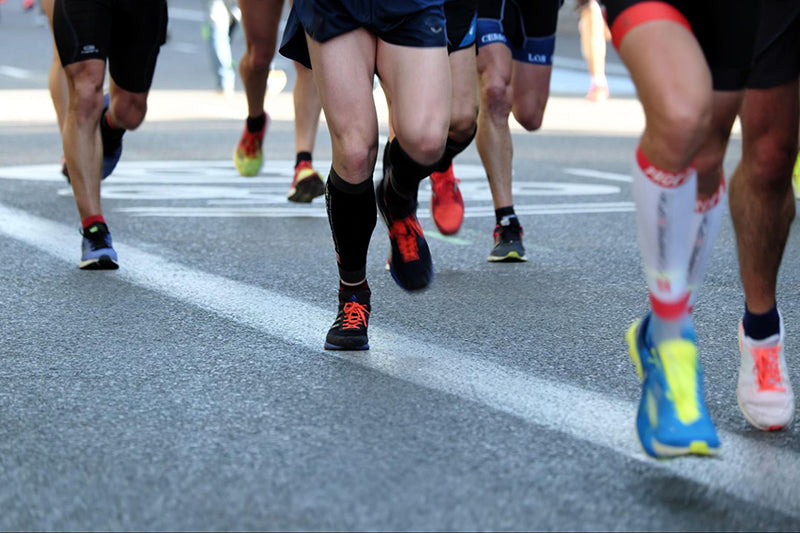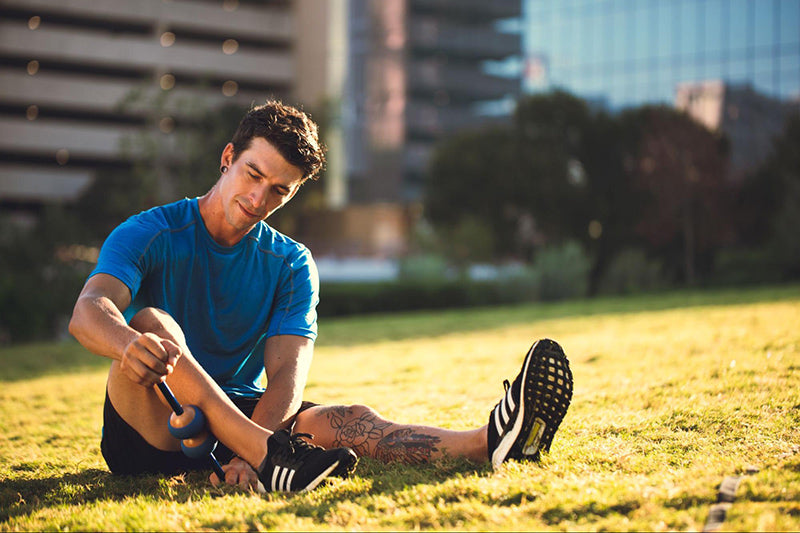
Nearly 30% of the US population reported experiencing low back pain within the last three months when surveyed in 2019 with 20% of women and 30% of men acknowledging that it affects their employment. Most people describe their lower back pain as an ache or tension between their hips in the middle of their back, so we tend to think of that tension as the agitator or cause of pain, but the truth is that tension plays an important role in healthy movement when in balance with the integrity of your muscles.
What Creates Back Pain
The tension in your back, or any part of your body, turns out to be a problem when it becomes out of balance and creates instability in important areas like the lumbar spine or pelvic position. To compensate, your body takes on guarding responses or tightness that limits mobility and functional movement leaving those areas vulnerable to injury.
What Is Healthy Tension In The Back?
The goal for a healthy myofascial system and limiting lower back pain is balance between tension and stability which creates “tensegrity” and helps avoid damaging tension.

Tensegrity is a term coined by architect Buckminster Fuller in the 1950s to describe structures made by securing hard, solid parts of a structure with more responsive lines of tension such as a cable, allowing that tension to give the structure integrity.
Later, Dr. Donald Ingber and Dr. Steven Levin began teaching tensegrity in relation to our physical bodies, coining the term biotensegrity to describe how this concept is the very nature of our human anatomy and cellular structure.1
More recently, Bruno Bordoni pointed out that our fluid-filled fascial system illustrates this principle through tension created in muscles by fluid filling the space within the fascia to further provide structural integrity. This now has been described as “fascintegrity”.2
While these terms are relatively new, the human body has been using this balance of stability and tension for eons to give our body the range of motion we need to complete both simple and complex movement.
Now that we know the mechanics of our muscular system, we better understand the interconnections that are essential to balancing tension throughout our body’s structures. Ideally, these are healthy, smooth connections that allow us to move efficiently and position our bodies well. When these opposing forces are not balanced, our bodies compensate in painful ways.
How Do I Fix and Prevent Lower Back Pain
One of the largest areas that use this tension balance is the lumbo-pelvic-hip complex (LPHC) that protects the spine, stabilizes the core, and connects movement between the upper and lower body. This is vital for everything from common movements like walking and changing direction to more complex movements integral to sport like jumping, throwing, swinging, and striking.

This muscle group stabilizes your body by maintaining the balance of tension and protecting against unwanted movement.3 This balance and resistance is important for dynamic movements, lifting weight, or enduring repeated movements for longer periods of time.

The best way to ensure stability in this region before and after training is thorough myofascial release in these key areas:
Front Hip
Glute
Hamstrings
The health of the myofascial system and how our body supports this tensegrity not only allows us to perform well at our favorite activities, but it also can reduce our risk of low back problems and pain in the future.
Supporting myofascial health by investing in soft tissue release supports healthy, balanced myofascial tension connected to the low back region which means less pain and better performance in the gym and in your everyday life.

You can find education videos on the LPHC in action at Muscleinmotion.com.
References
- Schleip, R. & Wilke, J. (2021). Fascia. In Sport and Movement: Second Edition. United Kingdom: Handspring Publishing.
Link: https://www.amazon.com/Fascia-Movement-Second-Robert-Schleip/dp/1912085771 - Bordoni, B. & Myers, T. (2020). A review of the theoretical fascial models: Biotensegrity, fascintegrity, and myofascial chains. Cureus. 12(2): e7092. doi10.7759/cureus.7092.Barnes, J.M. (1997). The basic science of myofascial release: Morphologic change in connective tissue. J Bodyw Mov Ther. 1(4): 231-238.
Link: https://pubmed.ncbi.nlm.nih.gov/32226693/ - Donald A. Neumann, Kinesiology of the Hip: A Focus on Muscular Actions, Journal of Orthopaedic & Sports Physical Therapy, Published Online: February 1, 2010, Volume40, Issue2, Pages82-94
Link: https://www.jospt.org/doi/10.2519/jospt.2010.3025



